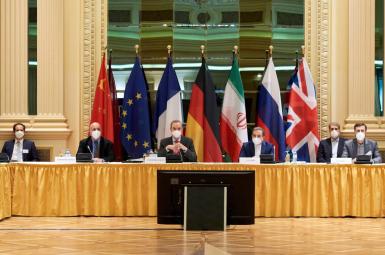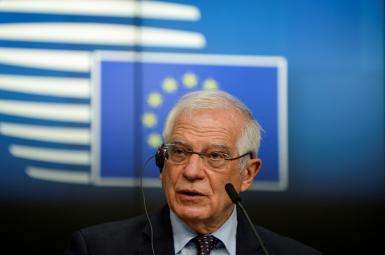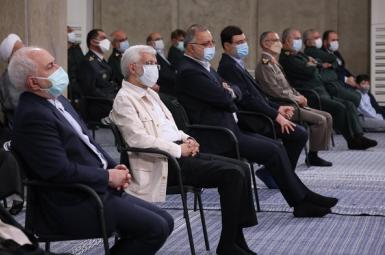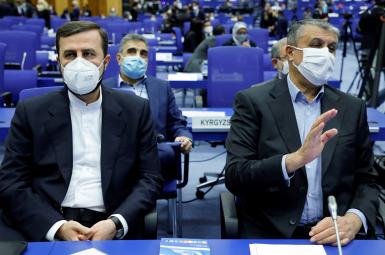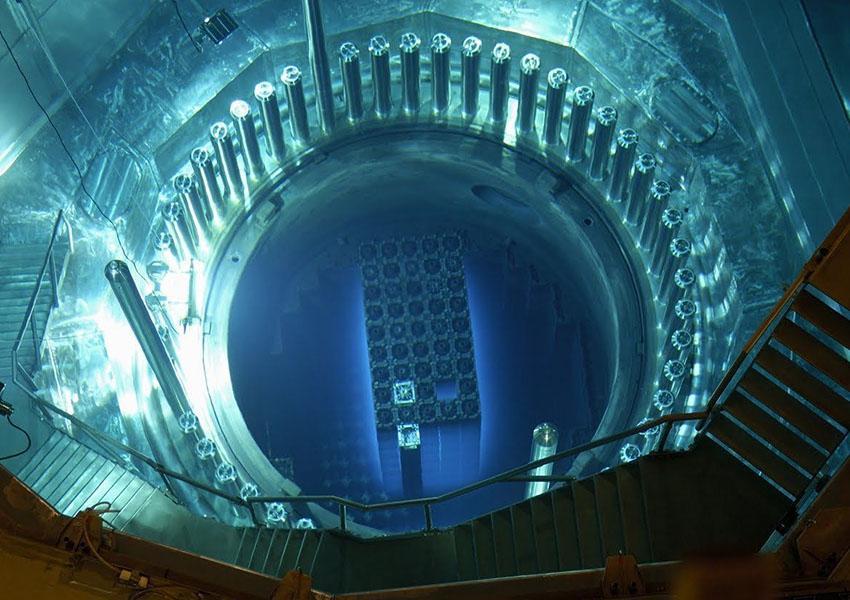
IAEA’s New Report: Three Steps in Violation of Iran Deal
The abridged version of the quarterly report by the U.N. atomic watchdog (IAEA), which was published on May 31st, indicates the Islamic Republic of Iran has taken steps that could violate the Iran deal; this could refer the issue to the UN Security Council once again.
Security Council’s Resolution 2231 which was approved based on the Iran nuclear deal in 2015 has defined some restrictions for Iranians and suspended previous resolutions as long as Iranians comply with the deal.
Among these restrictions, Iran was given the permission to install around 10 (IR-6) centrifuges in the first to eighth years of the deal. This number will increase to 20 after the end of the eighth year.
The recent report states that there are 33 centrifuges (IR-6 type) installed in Natanz facility at the moment.
It is more significant to note that even after the eighth year Iran was allowed to have only 20 of this type of centrifuges.
Following the US’s decision to cancel Iran’s enriched uranium trade with yellow cake, Hassan Rouhani, Iran’s president, announced, in a retaliatory gesture, that Iran would cease exporting its 7.3% enriched uranium; which is in contradiction to the Security Council resolution. This decision will increase the stored amount of uranium in Iran over the permitted cap of 300 kilograms and will consequently be another violation of the resolution 2231.
The latest report confirms Iran’s compliance with the requirements of the deal, implementation of the agreements, but it points out that the amount of heavy water in Iran has increased.
The watchdog’s chief reports that the stored amount of heavy water is soon to pass the cap set out in the resolution 2231. President Rouhani clearly said on May 8th to his cabinet that Iran would suspend some commitments – including exporting its heavy water- in retaliation for sanctions reinstated by the US.
The most urgent issue now is Iran’s threats to increase the level of enrichment from 7.3% to a yet to be confirmed percentage.
Iran, at the time being, uses 5060 centrifuges that produce 4 kilograms of low-enriched uranium. If they use the IR-6 version of centrifuges, the efficiency will quickly improve four times.
To make an atomic bomb (non-plutonium) with basic technology, they require to have 1000 kilograms of low-enriched uranium to start increasing its enrichment level up to 90%. This will be attained by Iran between 9 to 12 months if they choose to violate the resolution 2231 and 2015 international deal.
Even though the report does not clearly accuse Iran of violating its commitments, it is very different from the last 14 reports by the same watchdog.
The report sheds lights on the recent developments in Iran’s use of advanced centrifuges, ending the export of enriched uranium and heavy water as well as removing the cap for enrichment; this quick pace of developments can soon – in a few weeks – practically put Iran in a clear violation of UN resolution number 2231 and JCPOA.



